Crocodiles, with their prehistoric appearance and powerful presence, have fascinated people for centuries. These ancient reptiles are known for their impressive size, sharp teeth, and keen hunting skills. Found in various parts of the world, crocodiles play a significant role in their ecosystems as apex predators. Their intriguing characteristics and formidable appearance make them an exciting subject for children to explore through coloring.
In this blog post, we present a collection of crocodile-themed coloring pages that provide a fun and educational way for kids to engage with these remarkable creatures. Coloring these pages allows children to unleash their creativity while learning about the unique traits and behaviors of crocodiles. We’ve also included a range of interesting facts about crocodiles to enhance their learning experience and spark curiosity about these incredible animals.
Age Range: Who Can Enjoy These Coloring Pages?
Our crocodile coloring pages are designed to be suitable for various ages and skill levels. Here’s how different age groups can enjoy these pages:
Toddlers (Ages 2-4)
For toddlers, we offer simple and bold crocodile illustrations. These straightforward designs are perfect for young children who are just beginning to develop their fine motor skills. The basic outlines make it easy for toddlers to practice holding crayons and coloring within the lines, while also introducing them to the appearance of crocodiles.
Preschoolers (Ages 4-6)
Preschoolers will enjoy more detailed crocodile illustrations that encourage them to use a variety of colors and refine their coloring techniques. These pages help preschoolers improve their hand-eye coordination and concentration while exploring the different features of crocodiles. The added details provide opportunities for preschoolers to engage more deeply with the subject.
Early Elementary (Ages 6-8)
Early elementary children will find moderately intricate crocodile designs that challenge them to experiment with color patterns and shading. These pages help enhance their artistic skills and attention to detail. The complexity of the designs also encourages storytelling and imaginative play related to crocodiles and their habitats.
Older Kids (Ages 8-12)
Older kids will appreciate the more detailed and elaborate crocodile illustrations that offer a higher level of complexity. These pages are perfect for practicing advanced coloring techniques such as blending and shading. The intricate designs allow older children to refine their artistic abilities and delve deeper into the world of crocodiles.
Fun Facts About Crocodiles
As your child colors these crocodile-themed pages, share these fascinating facts about crocodiles to enhance their learning experience:
- Crocodiles have been around for millions of years. They are often referred to as “living fossils” because they have changed very little since the time of the dinosaurs. Their basic body structure has remained relatively consistent for over 200 million years.
- Crocodiles have powerful jaws. They possess one of the strongest bite forces of any animal, which allows them to crush the bones of their prey. Their jaws can exert immense pressure, making them highly effective hunters.
- Crocodiles are excellent swimmers. Their streamlined bodies and powerful tails make them adept at swimming. They can hold their breath underwater for long periods while stalking their prey or moving through their habitat.
- Crocodiles have a specialized sensory system. They have small, sensitive pits on their snouts called “integumentary sense organs” that help them detect changes in their environment. These pits can sense even the slightest movements in the water, aiding in hunting and navigation.
- Crocodiles can live in both freshwater and saltwater. They are highly adaptable and can be found in a range of aquatic environments, from rivers and lakes to coastal estuaries and mangrove swamps. Some species, like the saltwater crocodile, can even tolerate salty sea water.
- Crocodiles are ambush predators. They often lie in wait for their prey to come close before launching a powerful attack. Their stealth and patience make them highly effective hunters in their natural habitats.
- Crocodiles have a unique way of regulating their body temperature. They use behavioral thermoregulation, such as basking in the sun or resting in the shade, to regulate their body temperature. This helps them maintain the optimal temperature for their metabolic processes.
- Crocodiles have a specialized feeding behavior. They use a technique called “death roll” to subdue their prey. After grabbing their prey, they spin rapidly in the water to disorient and tear apart their meal.
- Crocodiles are territorial animals. They defend their territory aggressively against other crocodiles. Their territory is marked by vocalizations, scent markings, and physical displays to deter rivals and protect their space.
- Crocodiles have a high reproductive rate. Female crocodiles lay large clutches of eggs, with some species laying up to 50 eggs in a single nest. The eggs are incubated in the sand or mud, and the hatchlings emerge after several months.
- Crocodiles are caring parents. Some species exhibit parental care by guarding their nests and helping their young reach the water after hatching. This care increases the chances of survival for the hatchlings in their early stages of life.
- Crocodiles have a diverse diet. They are opportunistic feeders and can eat a wide range of prey, including fish, birds, mammals, and even other reptiles. Their diet varies depending on their size, habitat, and available food sources.
- Crocodiles have specialized teeth for their diet. Their conical teeth are designed for gripping and holding onto prey rather than chewing. They rely on their powerful jaws and death roll to break down their food.
- Crocodiles are capable of rapid growth. They can grow several inches per year during their early years. Growth rates vary depending on factors such as species, diet, and environmental conditions.
- Crocodiles have unique vocalizations. They produce a range of sounds, including growls, roars, and hisses, to communicate with each other. These vocalizations serve various purposes, including attracting mates and defending territory.
- Crocodiles have a high level of endurance. They can remain submerged underwater for extended periods, allowing them to wait patiently for their prey or avoid detection by potential threats.
- Crocodiles have excellent night vision. Their eyes are adapted to low-light conditions, allowing them to see well in the dark. This adaptation helps them hunt effectively at night when many of their prey are active.
- Crocodiles have a unique way of hunting. They use their keen sense of sight and hearing to detect prey from a distance. Their stealthy approach and powerful strike make them highly effective predators.
- Crocodiles play a role in their ecosystem. As apex predators, they help regulate the populations of other animals in their habitats. Their presence contributes to the overall balance and health of their ecosystems.
- Crocodiles have a wide distribution. They are found in various parts of the world, including Africa, Asia, the Americas, and Australia. Each species has adapted to its specific environment and ecological niche.
- Crocodiles have been featured in various cultures and myths. They are often depicted as symbols of power, danger, and ancient wisdom in different cultures. These portrayals reflect their significant impact on human imagination and folklore.
- Crocodiles are protected by law in many regions. Conservation efforts are in place to protect endangered crocodile species and their habitats. These efforts aim to ensure the survival of these remarkable reptiles for future generations.
- Crocodiles have a long history of human interaction. They have been hunted for their skins, which are used to make various products, including clothing and accessories. Sustainable practices are important for balancing human needs with crocodile conservation.
- Crocodiles have specialized skin. Their tough, scaly skin provides protection and camouflage in their natural environment. The skin is also used for defense and helps regulate their body temperature.
- Crocodiles have a keen sense of smell. They can detect scents in the water and on land, which helps them locate prey and navigate their surroundings. Their sense of smell is an important part of their hunting strategy.
- Crocodiles have a unique respiratory system. They have specialized lungs that allow them to hold their breath for extended periods. This adaptation is essential for their aquatic lifestyle and hunting behavior.
- Crocodiles have a strong sense of hearing. Their ears are adapted to detect sounds both above and below the water. This keen sense of hearing helps them locate prey and communicate with other crocodiles.
- Crocodiles have a complex social structure. They exhibit various social behaviors, including territorial disputes, mating rituals, and cooperative parenting. These behaviors contribute to their survival and reproduction.
- Crocodiles have a high level of intelligence. They are capable of problem-solving, learning, and adapting to their environment. Their intelligence is reflected in their hunting strategies and social interactions.
- Crocodiles have a unique feeding strategy. They use a combination of stealth, speed, and power to capture and subdue their prey. Their feeding behavior is a key aspect of their role as apex predators.
- Crocodiles have a remarkable ability to adapt. They can thrive in various habitats and environmental conditions, from freshwater rivers to saltwater estuaries. This adaptability is a testament to their resilience and survival skills.
Crocodile Coloring Page 1 for Kids

Crocodile Coloring Page 2 for Kids
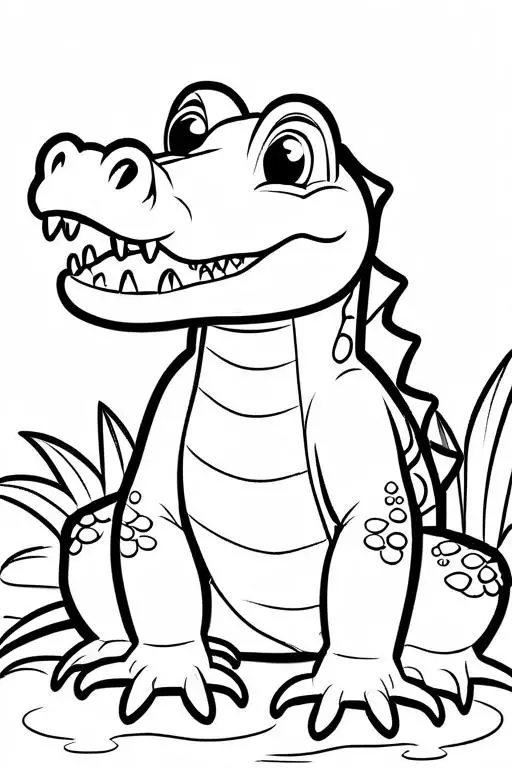
Crocodile Coloring Page 3 for Kids

Crocodile Coloring Page 4 for Kids

Crocodile Coloring Page 5 for Kids
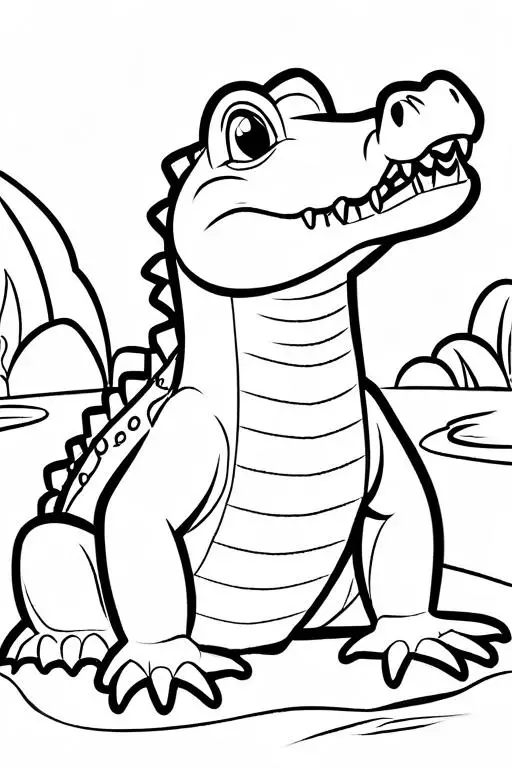
Crocodile Coloring Page 6 for Kids

Crocodile Coloring Page 7 for Kids

Crocodile Coloring Page 8 for Kids
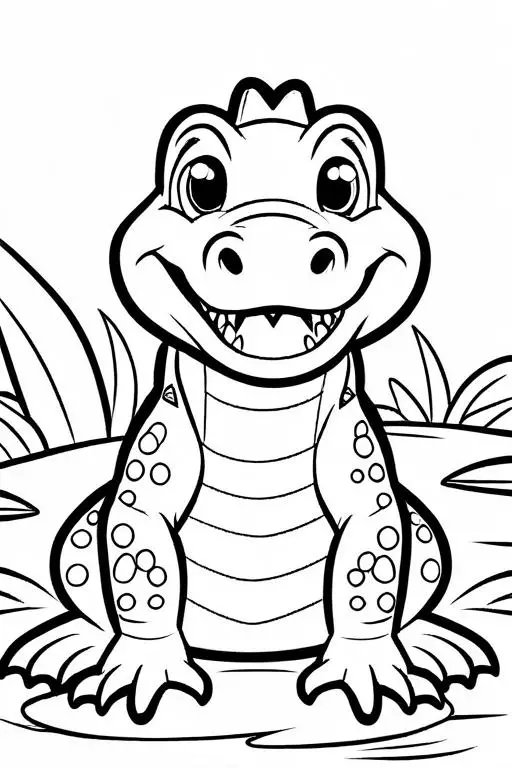
Crocodile Coloring Page 9 for Kids

Crocodile Coloring Page 10 for Kids

Conclusion
Crocodiles are fascinating creatures with a long history and impressive characteristics that make them an intriguing subject for children. The crocodile-themed coloring pages featured in this post provide an engaging and educational way for kids to explore these remarkable reptiles. By coloring these pages, children can learn about crocodiles’ unique traits, behaviors, and adaptations while having fun.

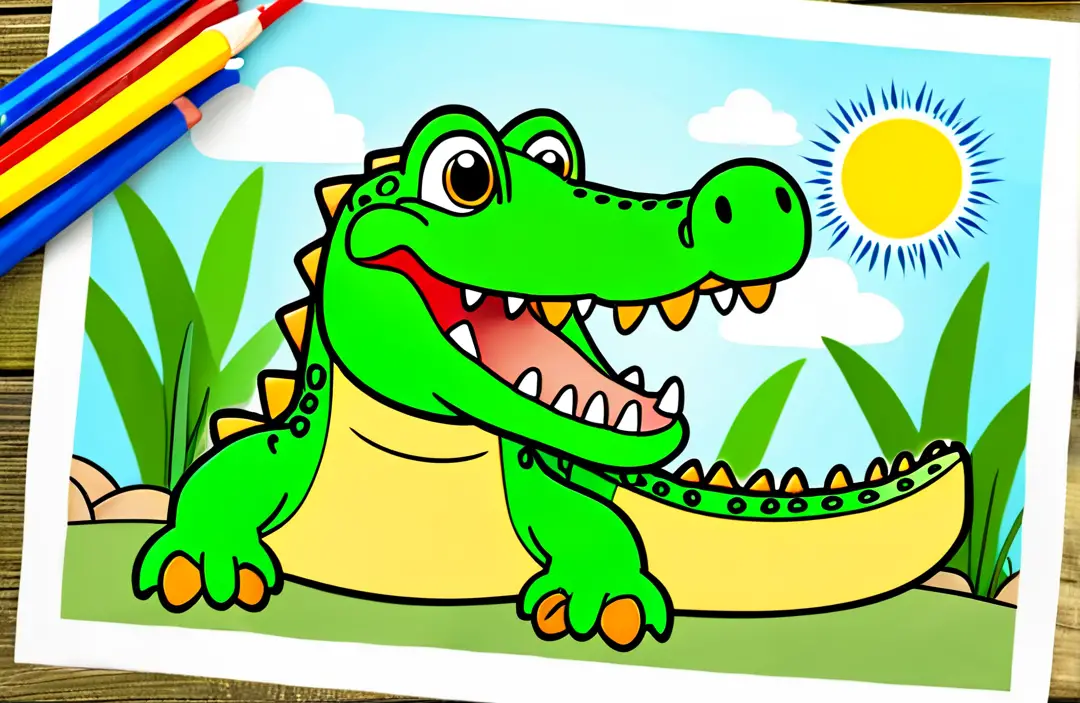
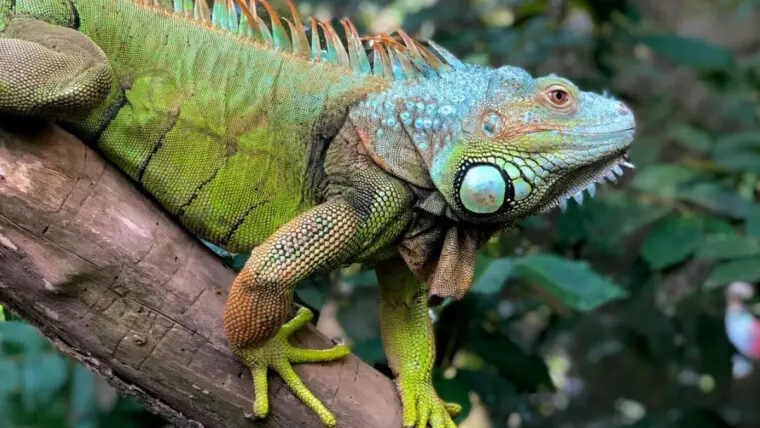
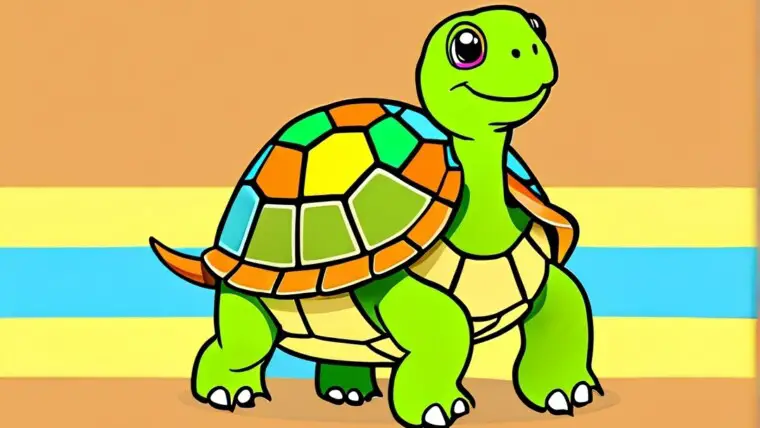
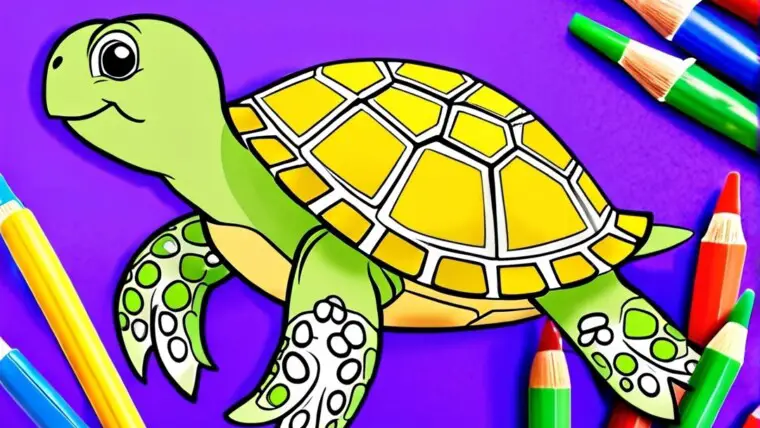

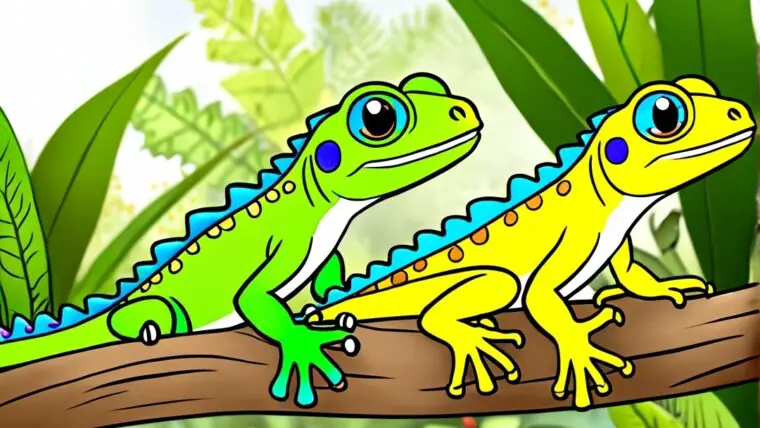
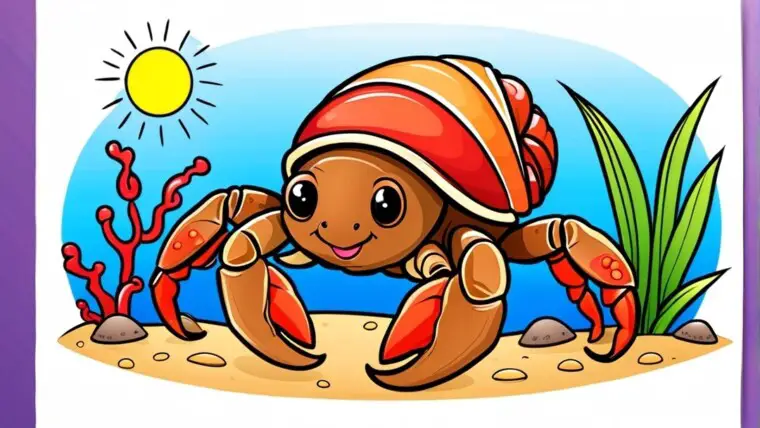
Maze Rampage Kids Activity Books: Unlock Fun and Learning for Toddlers and Preschoolers!
Engage Your Creative Mind with 2,500+ Free Adult Coloring Pages
100 Wasp Coloring Pages For Kids
48 Termite Coloring Pages For Kids